
Pictures: Cute and Colorful Frog Images
Bumblebee Dart Poison Frog
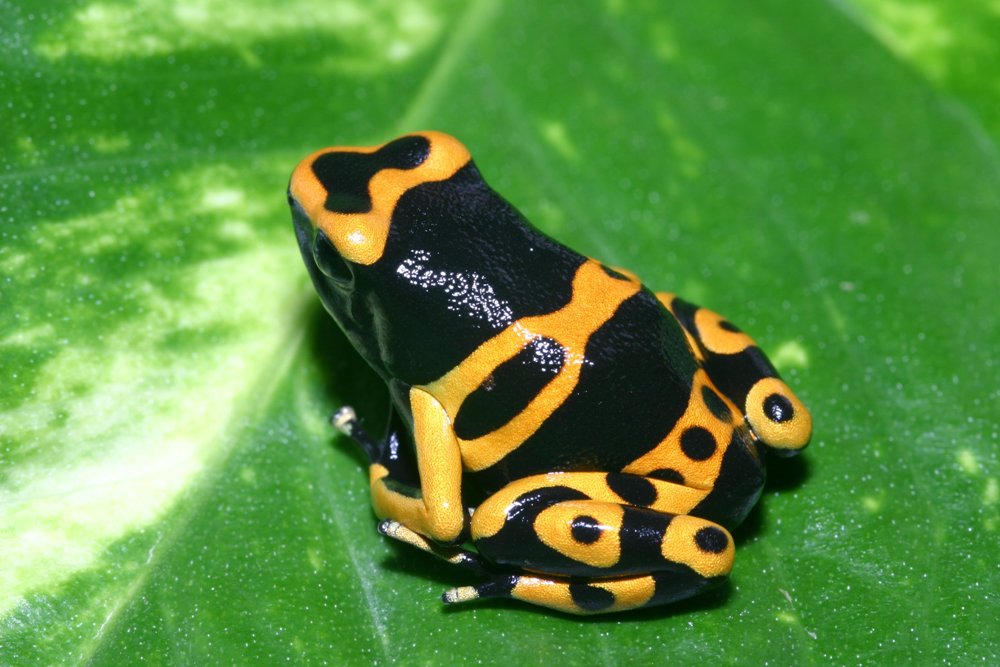
A new exhibit featuring live frogs from all over the world is opening at the American Museum of Natural History in New York Saturday (May 17) and runs through January 5, 2014.The exhibition, entitled "Frogs: A Chorus of Colors," contains more than 150 live frogs from about 25 species. Above: Bumblebee dart poison frogs are also known as yellow-banded poison frogs. Their bright colors serve as warning labels forpredators, distinguishing them as a poisonous meal.
Giant Monkey Frog
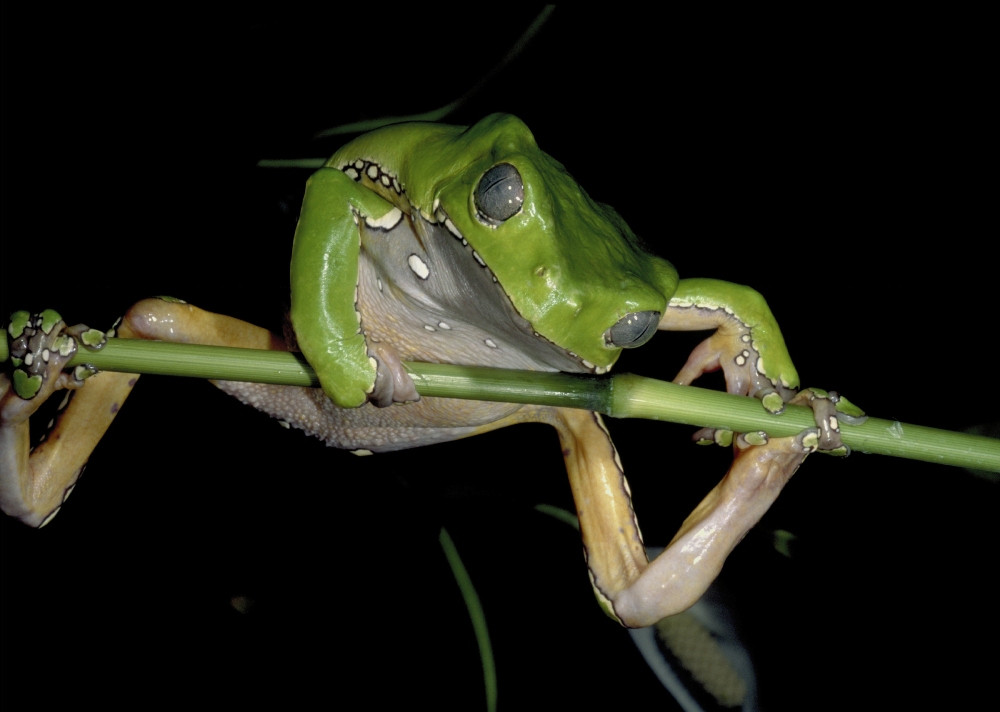
Giant monkey frogs are found in the Peruvian and Brazilian Amazon. Males call from high above the ground and descend to branches just above ponds to mate. The call is a loud “cluck” followed by several short, lower-pitched notes.
Brazilian Milk Frog
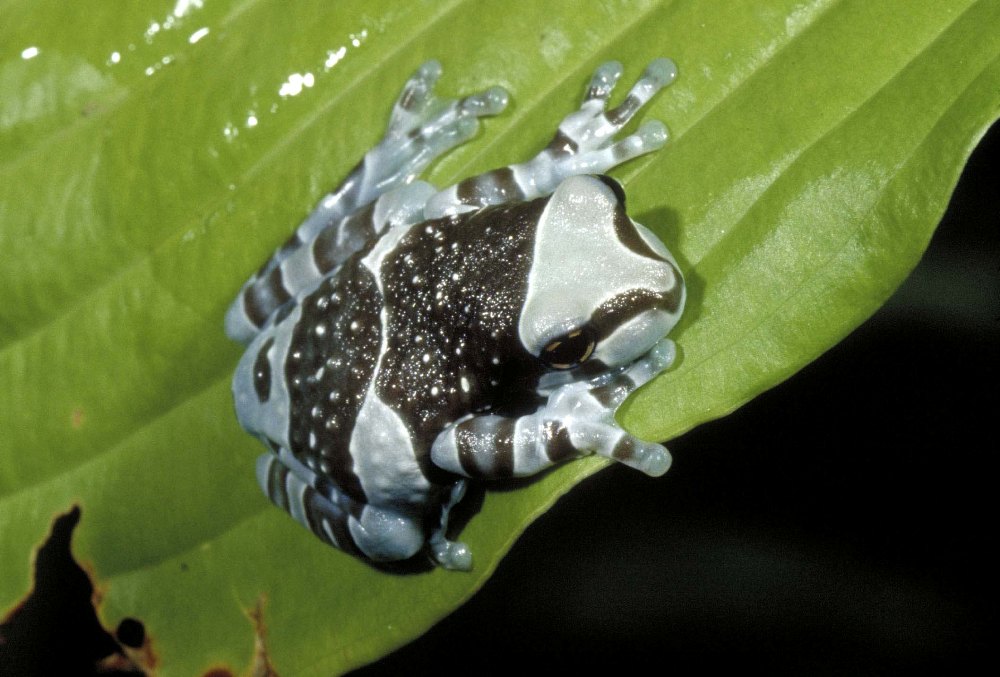
During the mating season, the loud call of the male milk frog leads a female to his water-filled tree hollow. The female lays her eggs in the pool and leaves the male to fertilize them and care for the young. After the tadpoles hatch, the male lures another female to lay more eggs, but instead of fertilizing them, he feeds them to his hungry tadpoles. By “faking” a love interest, he tricks the second female into delivering food for babies that are not hers.
Blue Dart Poison Frog
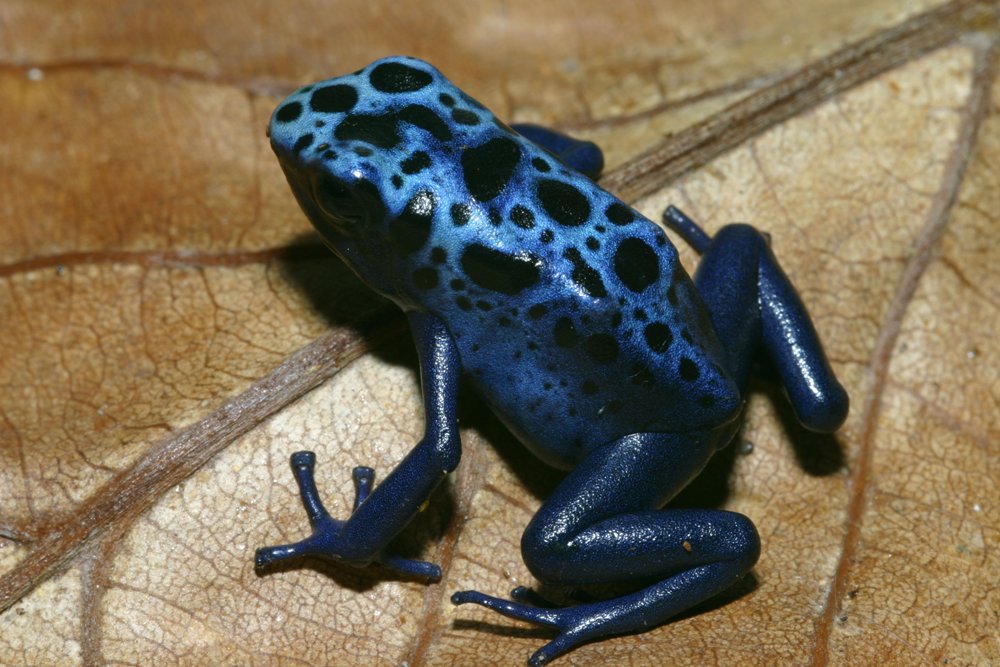
Blue dart poison frogs grow to approximately one inch in length. They are active during the day and can be found hiding among boulders and debris near streams; however, they lack toe webbing and are poor swimmers, so they are rarely found in the water.
Ornate Horned Frog
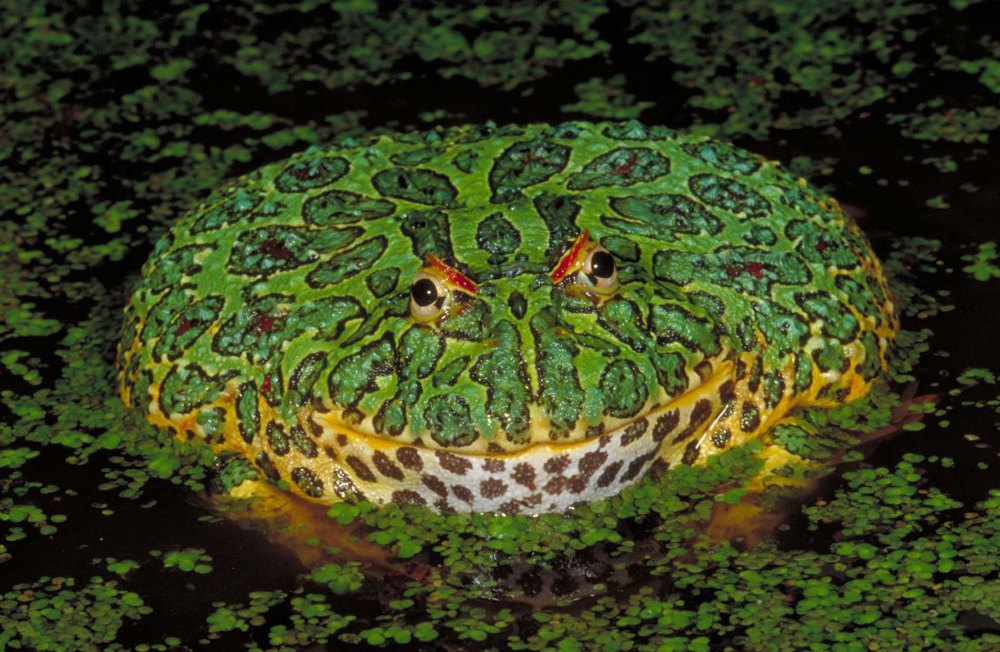
Ornate horned frogs live in the rainforests and pampas prairies of Uruguay, Brazil, and northern Argentina. Voracious eaters, horned frogs bury themselves in leaves or loose soil and pounce on small animals that blunder by.
Tomato Frog
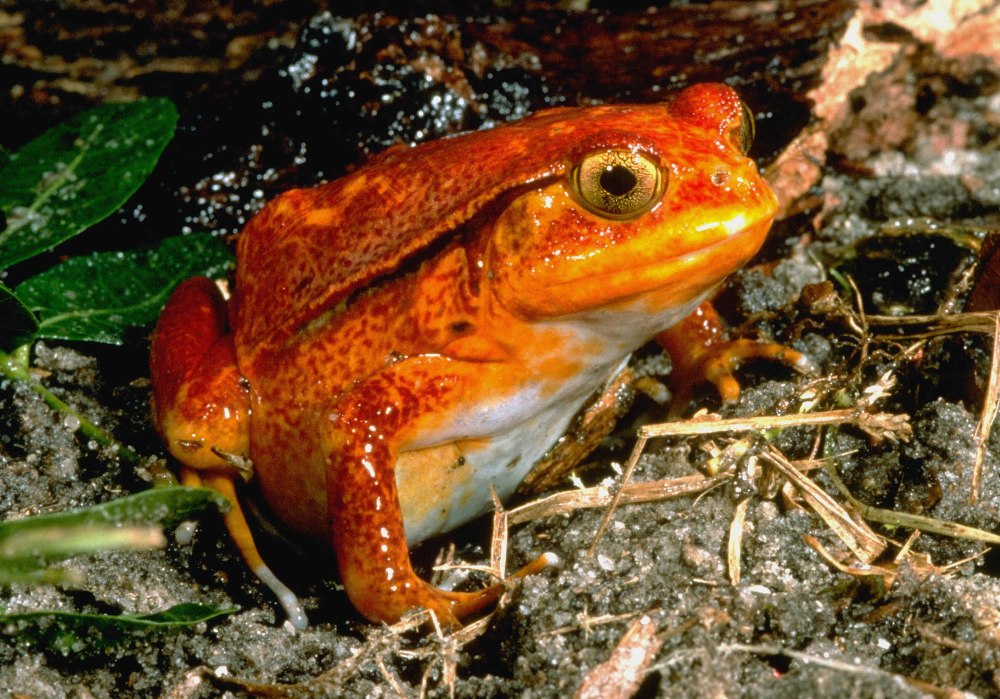
Tomato frogs are native to the lowlands of Madagascar. Brightly colored frogs are popular with pet owners and collectors. While many frogs are bred in captivity, over-collection of wild frogs is still a major problem. Frogs that live on islands or in small populations are most at risk. Tomato frogs have been given priority protection by international law.
Mexican Dumpy Frog
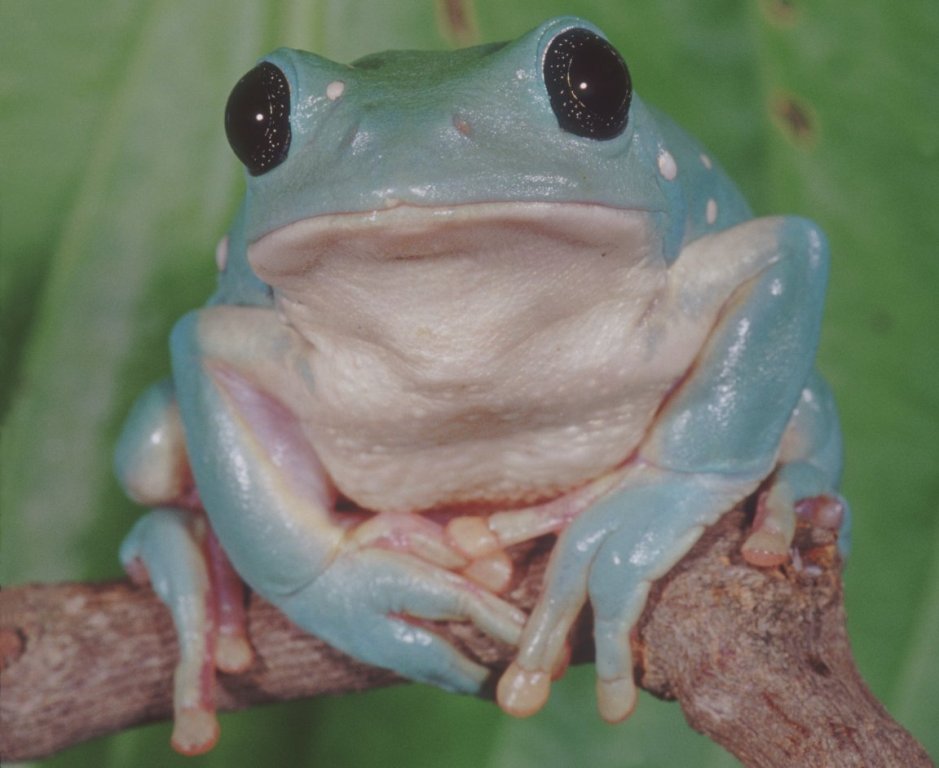
Mexican dumpy frogs are from semi-arid subtropical lowland forests in Mexico. They spend almost the entire lives off the ground, living in tree canopies, on branches and leaves. They are excellent climbers.
Sign up for the Live Science daily newsletter now
Get the world’s most fascinating discoveries delivered straight to your inbox.
American Bullfrog
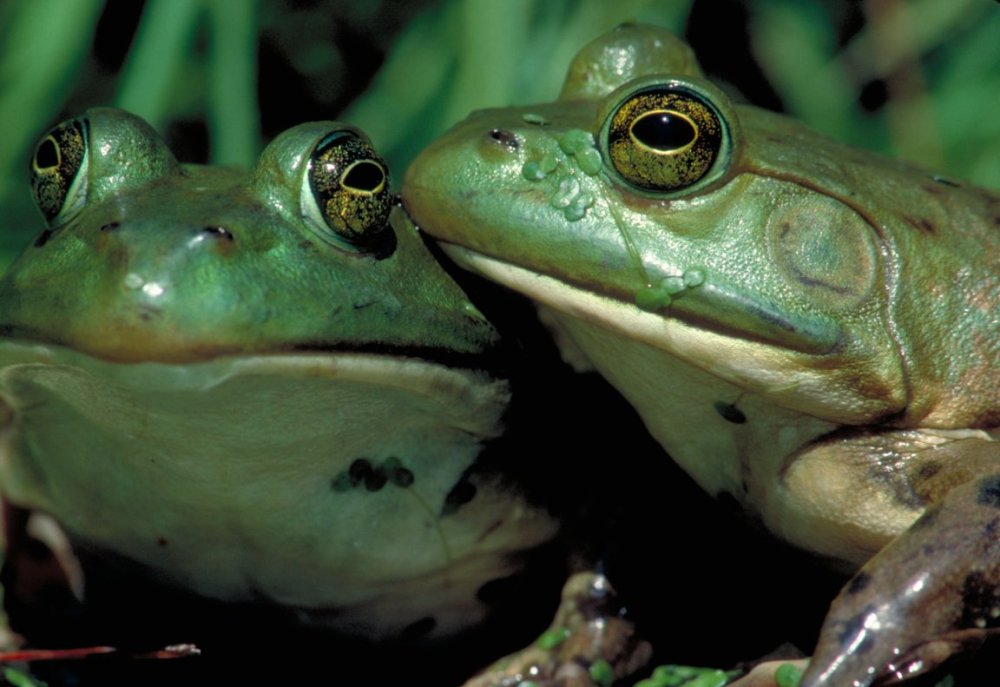
More than a century ago, American bullfrogs were introduced into the western United States in the hope that they could be farmed for food. Although the farming efforts failed, the bullfrog adapted to man-made ponds and waterways and is now a threat to native species of fish, snakes, birds, and other frogs—some of them endangered.
Fire-bellied Toad
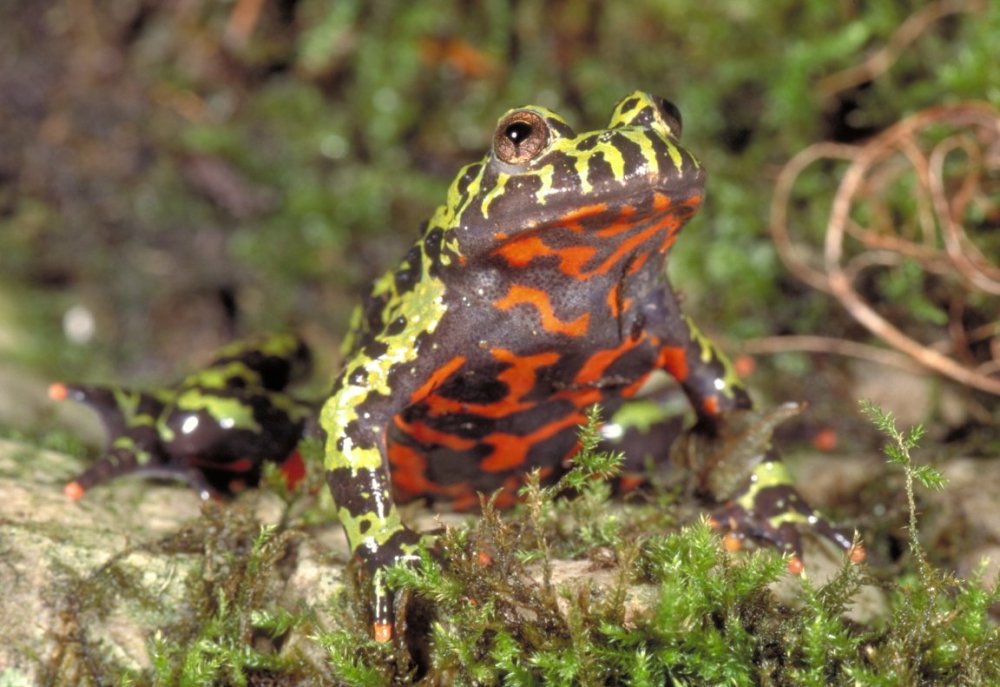
Fire-bellied toads use skin color for protection—the green and black skin on their backs provides camouflage. When disturbed, the toads throw their legs in the air, revealing a bright orange “fire belly.” If flashing these bright colors doesn’t scare the predator, the toad has toxic skin secretions that make it an unpalatable meal.
Borneo Eared Frog
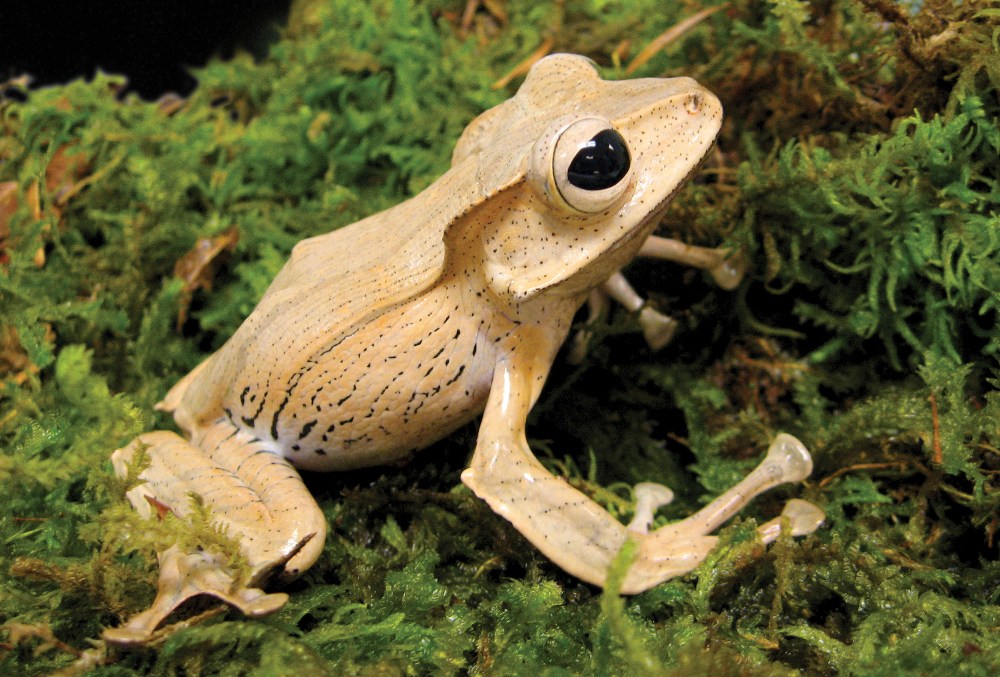
Borneo eared frogs are indigenous to Borneo,Sumatra, and other Indonesian islands. Females lay eggs in foam nests attached to branches overhanging the water. They create the nests by beating a frothy secretion into foam with their hind legs.










